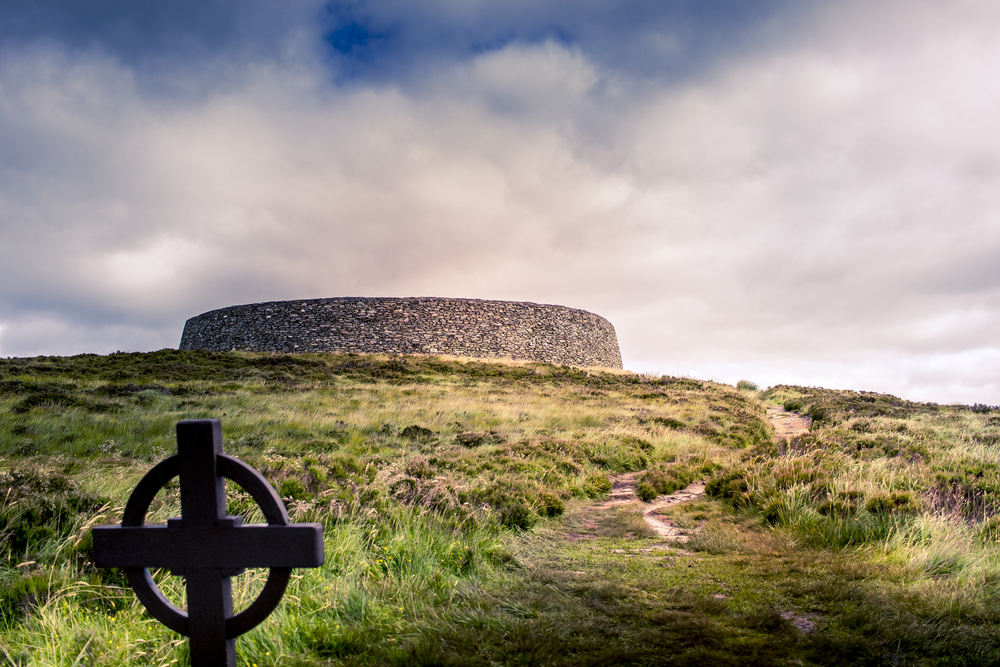
Our universe operates within a unique balance of chaos and order. Often the two coexist, and each plays a purpose in our natural world. For millennia, humans have tried to comprehend these forces and discern patterns in their environments. Whether star and planetary motion is controlled by incorporeal entities, natural forces, or both, our ancestors regarded it with great importance. Ancient observatories around the world prove this point, exhibiting both obvious and mysterious religious motivations.
A Mysterious Solar Temple in Malta
Atlas Obscura’s Jesse Guy-Ryan describes the Mnajdra temple complex, located on Malta’s southern coast. Archeologists estimate that its first structures were erected around 3600 BC, making it one of the oldest religious sites on Earth. Along with Malta’s other megalithic temples, Mnajdra is designated as a UNESCO World Heritage site.
Not much is known about the culture that built these temples. No written records remain, so we don’t know who or what its people worshipped. We do know, however, that animal sacrifice may have occurred in the temple. Another Atlas Obscura piece lists artifacts found at the site: researchers found flint knives, ropes, and animal remains. We also know that the Mnajdra temple was probably a solar temple. Sunlight shines through its main doorway and illuminates the building’s major axis on the spring and autumn equinoxes. During the two solstices, the sun’s rays fall on the megalith’s edges on both sides of the central doorway.
An Ancient Irish Tomb
Southern England is home to Stonehenge, one of the most famous ancient observatories on the planet. Around 400 miles northwest of this site lies Brú na Bóinne, a prehistoric monument in Ireland’s County Meath. Most people know the site by its English name, Newgrange, and the tomb’s construction likely took place around 3200 BC. World Heritage Ireland describes the tomb as a large mound surrounded by several stones, including one that makes up its impressively adorned entrance.
The tomb itself is a marvel, measuring more than 260 feet across and containing dozens of intricately carved stones. But the entrance stone is the most marvelous of all. Just above the entrance, a small opening in the roof permits a shaft of sunlight to shine into the structure on the winter solstice. Like the prehistoric Malta peoples, the civilization that built Brú na Bóinne left no written records. However, it’s believed that the winter solstice marked the new year, and the shaft of light may have symbolized the triumph of life over death.
The Americas’ Oldest Solar Observatory
Many ancient observatories may have served multiple purposes. Stonehenge, for instance, could have been both an observatory and a ceremonial site. Located near the center of Peru’s Pacific coast, the Chankillo complex contains a solar observatory. The Encyclopedia Britannica explains that Chankillo was presumed to be a hilltop fortification until the early 2000s. Archeologists excavated the site and discovered that its series of towers helped keep track of the sun’s movement between the two solstices.
Chankillo was built around 2,300 years ago, making it the oldest known solar observatory in the Americas. Like the builders of the Mnajdra temple and Brú na Bóinne, the people who constructed Chankillo left no written records behind. Archeologists have discovered nearby fortifications that protected a major temple. They currently hypothesize that the observatory tracked solar movement for both religious and practical reasons, signaling the right times for ceremonial practices as well as when to harvest and plant.
Our Sky-Watching Ancestors
Throughout human history, various civilizations have looked to the skies for vital information. Their sky-watching was often religiously motivated; they sought to understand the wishes of the gods. They also tracked celestial bodies’ movements for practical reasons: to track time, predict the seasons, and guide agriculture. Aided by sophisticated physical structures, they continually sought wisdom in the blanket of light and darkness far above their heads.

